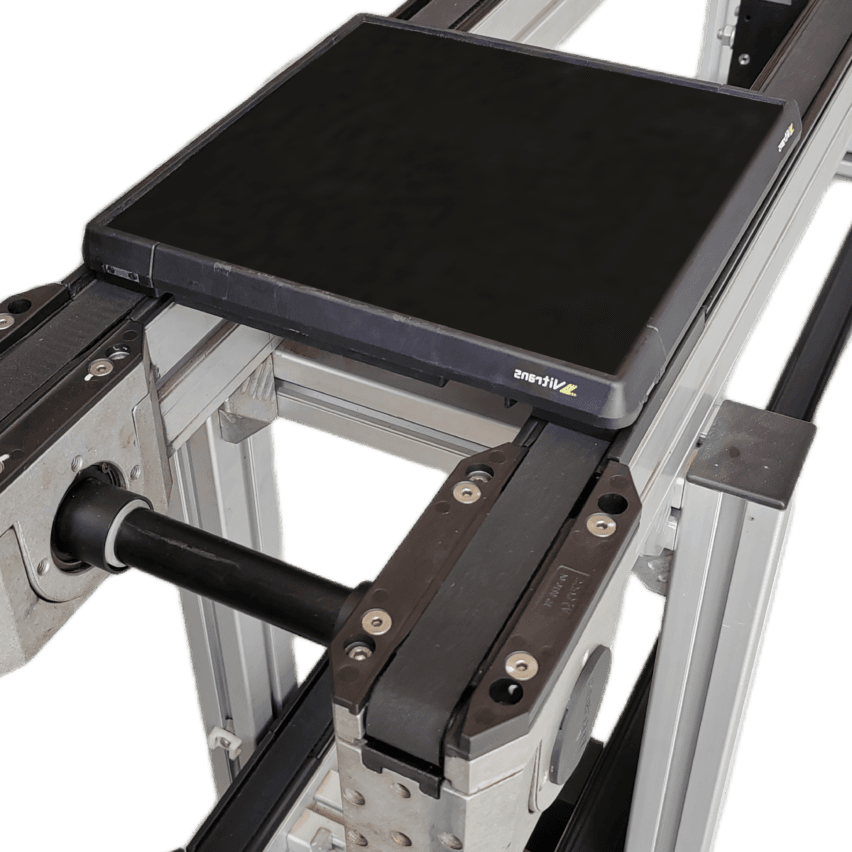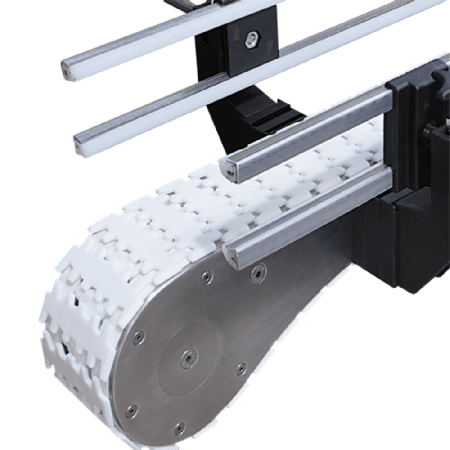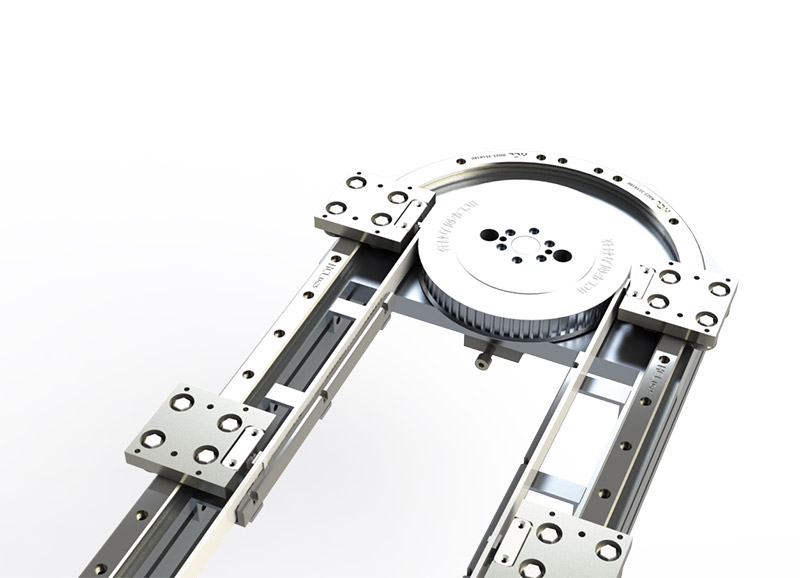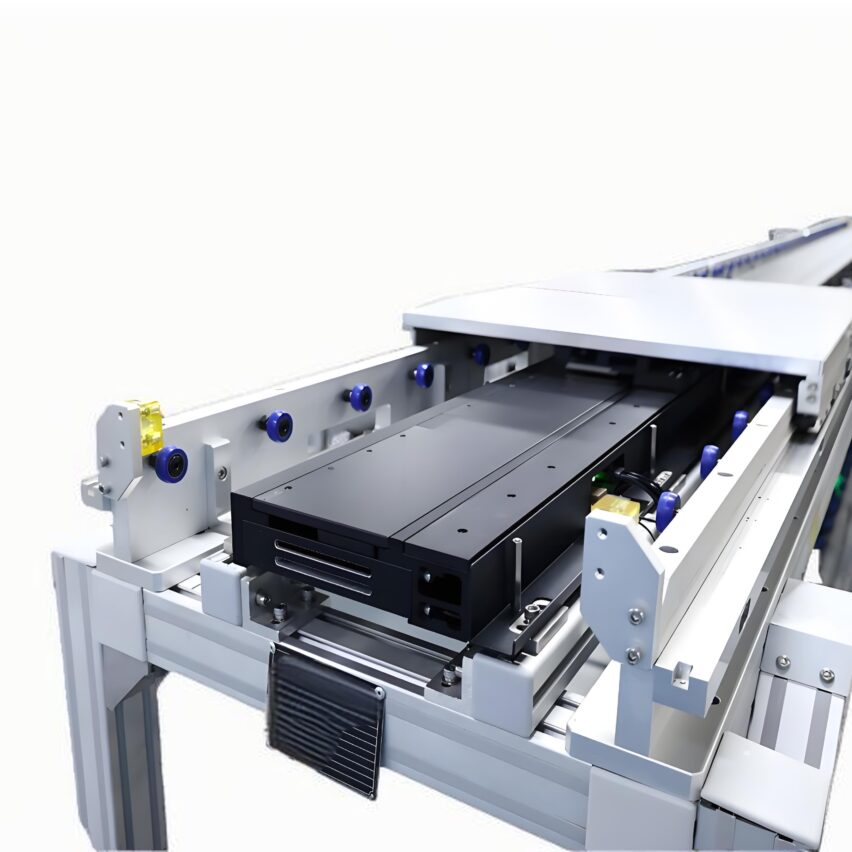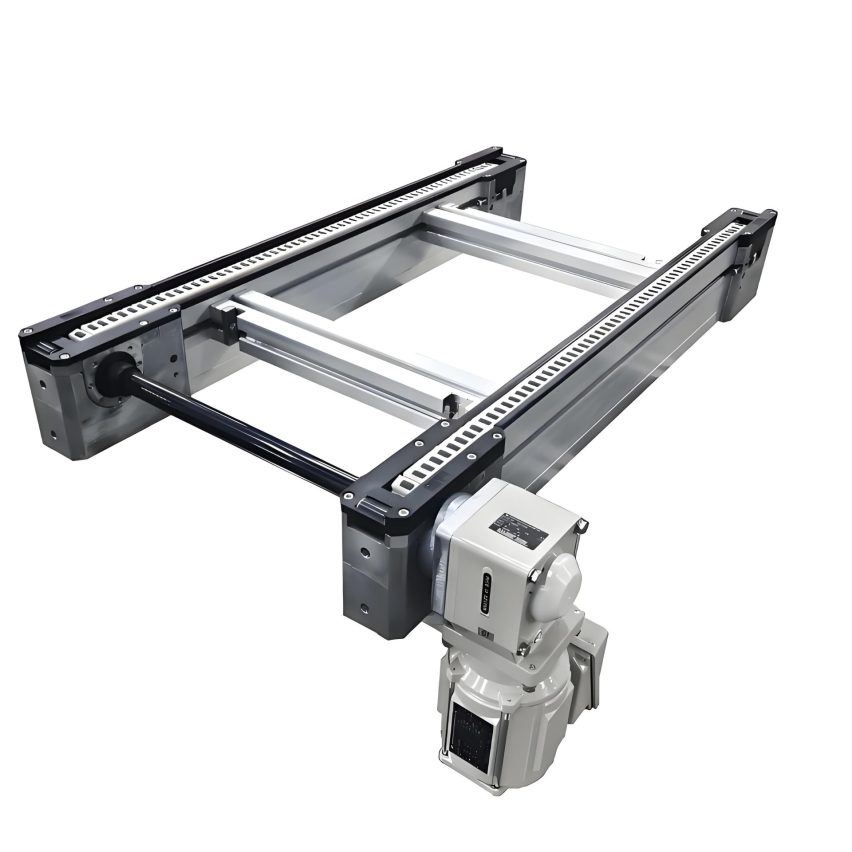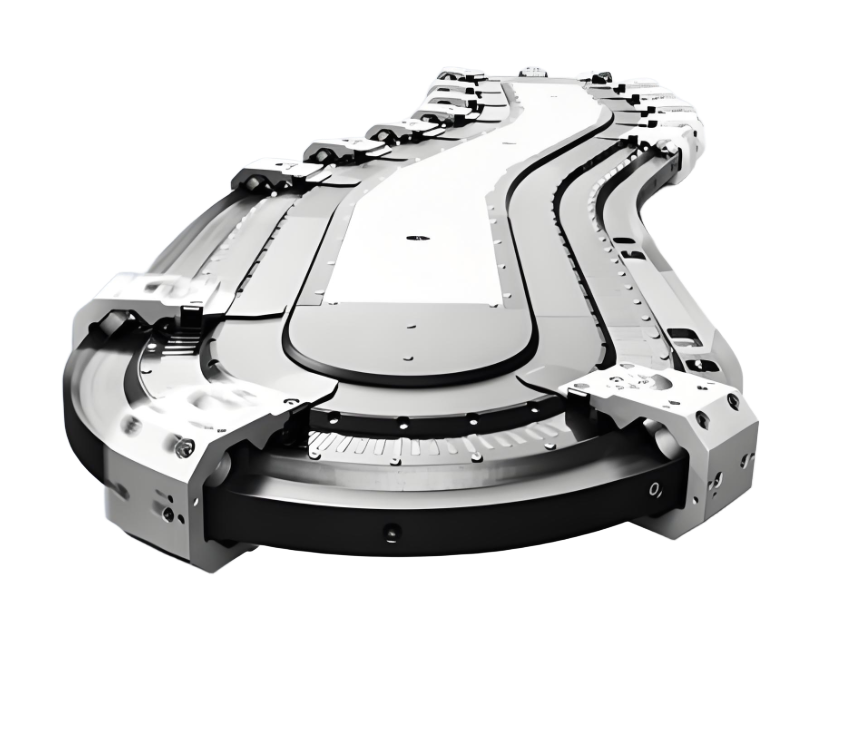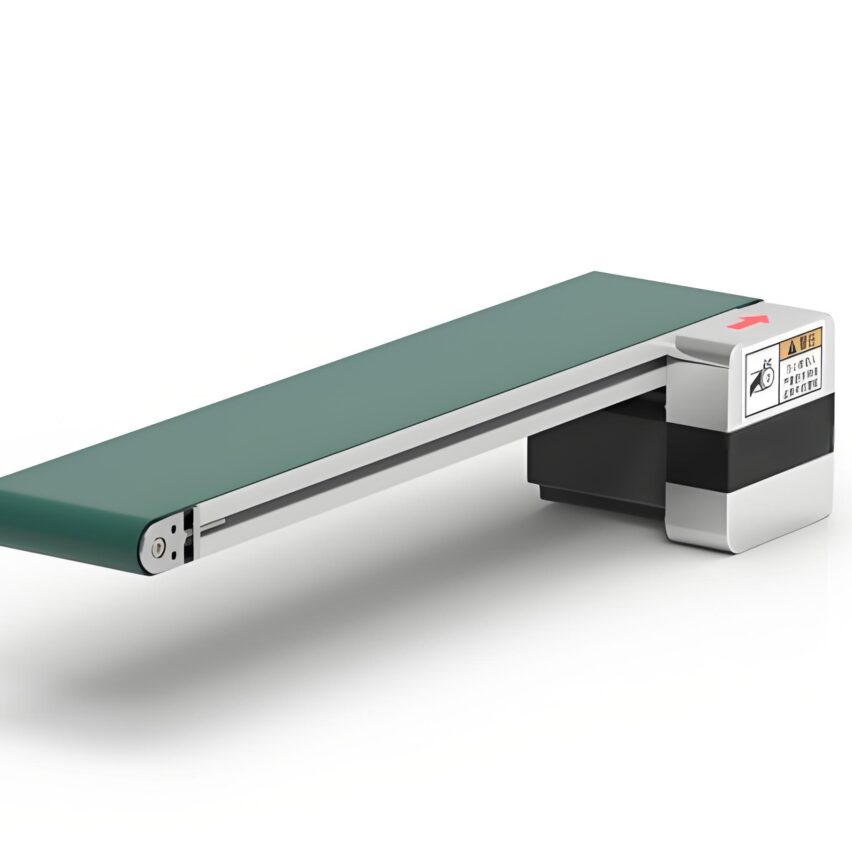Fundamental Question: MES Integration and the Nature of Hidden Costs
Why is MES docking the "nerve centre" of an AGV system?
The integration of MES (Manufacturing Execution Systems) and AGVs is not a simple transfer of instructions, but the realisation of theReal-time synchronisation of logistics and information flowThe core hub. When the production line runs out of material, MES automatically generates a handling task and assigns it to the nearest AGV, while monitoring its position, speed, task progress and 200+ other data. Without this link, AGVs will be reduced to isolated handling tools, leading to material distribution delays, production line stagnation and other problems. An automotive factory due to unaligned MES-AGV interface.Daily capacity loss up to 12%.
How Hidden Costs Can Eat Away at Project Profits
Hidden costs include four major invisible killers:
- System interface development fee: WMS/MES interface development accounts for an initial investment of 20%-30% and requires ongoing maintenance;
- Infrastructure improvement costs: For example, laser navigation requires the installation of reflective panels (costing ≈$500 per single point), and magnetic navigation requires the excavation of the ground to bury magnetic strips ($120 per metre);
- O&M sunk costs: AGV batteries are replaced in 3-5 years (unit price ≈ 20,000), with annual maintenance costs amounting to 5%-8% of the equipment price;
- Downtime lossesA single AGV failure that brings a production line to a halt can cost more than $100,000 per hour.
Scenario problems: a high-profile minefield in industry practice
Automotive Manufacturing: How to Resolve MES Directive Conflicts?
In automotive mixed-line production, MES needs to dynamically dispatch AGVs to deliver parts of different models. If it is not establishedTask priority rulesThe "fighting of instructions" is easy to occur:
- typical scenario: The welding shop called for A/B model material at the same time, and the AGVs were stalled due to conflicting paths;
- Pitfall avoidance programme: Preset in MES "Model switching weighting factors" (e.g., new model task priority +30%) and real-time replanning of paths via RCS (Robot Control System). After a car company adopted this strategy, the delivery delay rate decreased by 75%.
Warehousing and logistics industry: what to do with WMS warehouse mapping error?
When the WMS warehouse location information is not aligned with the AGV map coordinates, the AGV may deliver goods to the wrong warehouse location.fundamental difficultyIn:
- The WMS depot is coded as "Area A - Row 02 - Column 05" and the AGV map is labelled with coordinates (X35,Y12);
- prescription: EstablishmentBidirectional checking mechanism--AGV arrives at the target point and scans the QR code of the warehouse, compares it with the WMS instruction, and automatically alarms if the error is >50cm.
Hardest hit by budget overruns: why capital improvements are most likely to be underestimated
| conversion project | Hidden costs as a percentage | inconsiderable item |
|---|---|---|
| ground level | 15%-25% | Epoxy flooring additional 80 RMB per square metre |
| Charging station deployment | 10%-15% | Electricity expansion fee (≈30,000 yuan/station) |
| network coverage | 5%-10% | Industrial-grade APs cost over $6,000 per unit |
Solution: Full Life Cycle Cost Control
If MES interfacing fails, how to remedy the situation urgently?
Staged Integration StrategyRisks can be reduced:
- instalment: Implementation of basic command transfer (e.g. task triggering, position feedback) using the OPC UA protocol;
- second phase: Synchronisation of work order data via XML messages to link AGV tasks to production beats;
- third phase: Deploy an AI scheduling engine to dynamically optimise AGV paths based on MES capacity forecasts.
case (law): After a phased implementation in an electronics factory, system downtime was reduced from an average of 8 hours per month to 0.5 hours.
5 steps to dismantle hidden costs and accurately measure ROI
Overruns of 80% can be avoided by this modelling:
plaintextmake a copy ofROI = [Annualised Return - (Initial Investment + Σ Hidden Cost)] / Total Cost × 100%Guide to key parameter values::
- Number of human substitutes: 1 latent AGV ≈ 1.5 porters (peak handling frequency to be verified);
- error rate loss: Conventional handling error rate of 2%-5% can be reduced to 0.1% for AGV;
- Policy subsidies: The Smart Manufacturing Special Subsidy can be up to 15%-20% of the equipment payment (advance filing is required).
Localisation breakthrough: low-cost, high-reliability alternatives
Top 3 Practices for Replacing Imported RCS
- Lightweight dispatch system: Replace commercial scheduling software with open source ROS at a cost reduction of 60% (as measured by an appliance company);
- Hybrid navigation for cost reduction: Combined magnetic stripe + QR code solution saves 40% in infrastructure costs over pure laser navigation;
- Modular Hardware Design: Modules such as drive units/batteries are standardised and maintenance costs are reduced by 30%.
Risk Hedging Strategies
- Cost fluctuations: Enter into steel/chip price lock-in clauses (if fluctuations exceed 5% to be shared by the supplier);
- Technology Iteration: Suppliers are required to provide free 3-year algorithm upgrades (e.g. SLAM navigation accuracy from ±30mm to ±10mm).
Final Recommendations: The success or failure of AGV system integration lies in the"Three parts technology, seven parts management.". Before putting into production, it is necessary to sign the "System Integration Checklist" to specify 32 technical boundaries such as the number of MES interfaces, response delay (≤500ms), map updating mechanism, etc., and to incorporate hidden costs into the ROI model for dynamic monitoring, before realising the"Efficiency gains are visible and cost black holes are controlled.".


